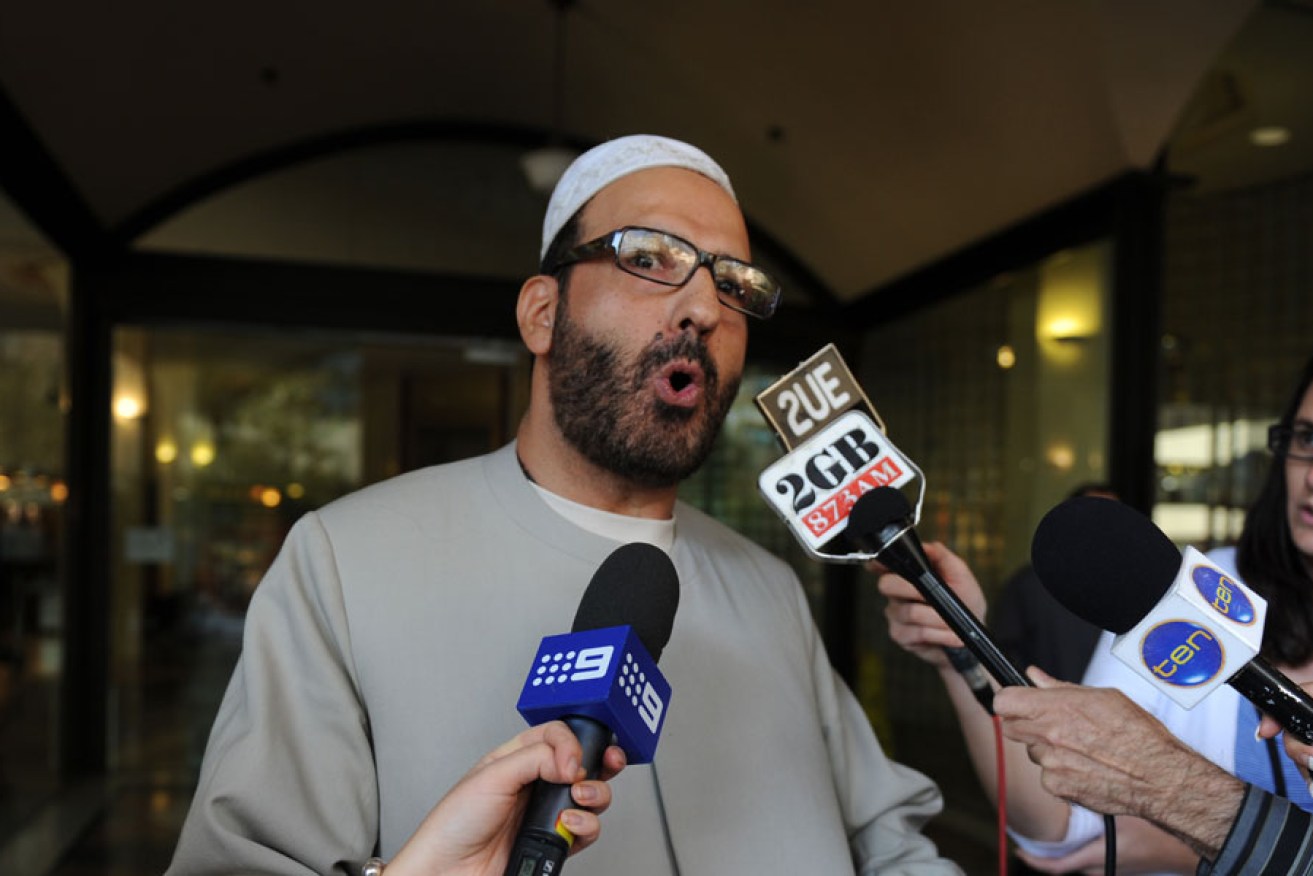Rise of a new form of extremism

Man Haron Monis - a new kind of extremist?
Australia’s Muslim communities should be supported to combat Islamic extremism, argues Ali Mamouri.
Man Haron Monis, the sole perpetrator of the Sydney hostage siege, is but one example of the recent development of a new form of Islamic extremist radicalisation.
In recent years, Islamic extremism has been developing rapidly inside and outside of Australia. Islamic extremism has become fertile ground for many malcontents to protest against their societies. This is even the case for people who aren’t religious hardliners or who aren’t even Muslims. This is evident due to the numbers of newcomer extremists who have come from a non-religious background or even sometimes non-Muslim backgrounds.
A quick browsing of Monis’ website, which has now been taken down, shows that he was not aware of basic Islamic theology, including the differences between doctrines and ideologies. That is why he mixed up Sunni, Shiite, Salafist, Sufist and other religious expressions in his statements and speeches.
After more than a decade as a self-styled sheikh, Monis had not received any support from the Muslim community in Australia and so had never been a significant figure or even accepted as a sheikh. Muslim community groups were quick to denounce his actions, and offered solidarity and support to all Australians.
Who was Man Haron Monis?
Monis was born in western Iranian city Borujerd. He was previously known as Muhammad Hassan Manteghi. He never studied in a religious seminary or joined a political party in Iran. He was a poet and published a Persian collection of poems called Daroon and Boroon (inside and outside). The book is available in libraries in Iran, US and Australia.
Monis left Iran in the mid-1990s after facing political suppression. He claimed that this was because he adopted a liberal interpretation of Islam, which is forbidden in Iran.
A few years after arriving in Australia, Monis started engaging in religious and political activities. However, the new self-styled sheikh could not attract support from any of the Muslim communities, so he did not belong to any particular mosque or Islamic organisation.
But as there is no globally consistent system of appointing sheikhs in Islam – unlike in Catholicism for priests – anyone can proclaim himself a sheikh while trying to promote particular religious opinions.
Monis suffered from many family problems, appeared in many different courts and had been charged with several offences. He was currently on bail and was facing charges for being an accessory to the murder of his ex-wife, as well as more than 50 sexual and indecent assault charges. He was also engaged in a long-running legal dispute over organising a hate-mail campaign against families of Australian soldiers killed in Afghanistan.
Monis was Shiite – that is, the main enemies of Islamic State (IS). But earlier this month, he announced on his website that he had converted to Sunni faith. He swore allegiance to IS leader Abu-Bakr al-Baghdadi and pledged to join the group.
Meaning of the black flag of testimony
The black flag with Islamic testimony (Shahadah), which the hostages were forced to hold, is more than just religious words. It refers to a turning point in the history of fundamentalism in the contemporary period.
The politicisation of the religious terminology of Islamic theology, which emerged from and was elaborated by a group of extremist religious scholars from India to Egypt such as Sayyed Qotb and Abul A’la Maududi, has offered potential for jihadi movements to market their agendas.
The writing on the black background (there is no god but God, Muhammad is the messenger of God) refers to a Salafist belief that considers the majority of Muslims who live in non-Islamic countries as apostates (disaffiliated from the religion), so there is no difference between them and non-Muslims. They believe that the testimony just belongs to them, not other Muslims.
This sign has been used by various jihadists in the recent decades. They all share the belief that the current crisis is a religious war between real Muslims (that is, themselves) and the rest of the world, including the majority of Muslims.
The flag reflects the mental status of extremists. They want to show their rejection to society, to the west, to other Muslims.
Muslims to be blamed or supported?
In the midst of the Sydney siege, Australians offered to ride on public transport with Muslim Australians in public places if they feared a racist backlash. The Twitter hashtag #illridewithyou quickly received huge public attention.
Many in Muslim communities organised special prayer meetings on Monday night in mosques around Australia to support the hostages. Around 50 Islamic organisations have condemned the incident.
Muslims must not be blamed for a group of criminals and psychopaths. Rather, they must be embraced and supported, and not become victims of any possible racist or discriminative retribution.
Australia’s “Muslim community” consists of a wide variety of sects, languages and cultures from different parts of the world. They are not organised enough to deal with criminals and psychopaths who associate themselves with Islam. Muslims need more co-operation with each other and from other parts of society and government to deal with this issue.
Australia’s Muslim communities need to be supported to become more organised and improve the education and social status of their members. The support includes eliminating the extreme interpretation of Islam that has received attention recently due to social reasons and the political developments in the Middle East.
Ali Mamouri is a PhD candidate at the Institute for Social Justice at Australian Catholic University.
This article was first published at The Conversation.




